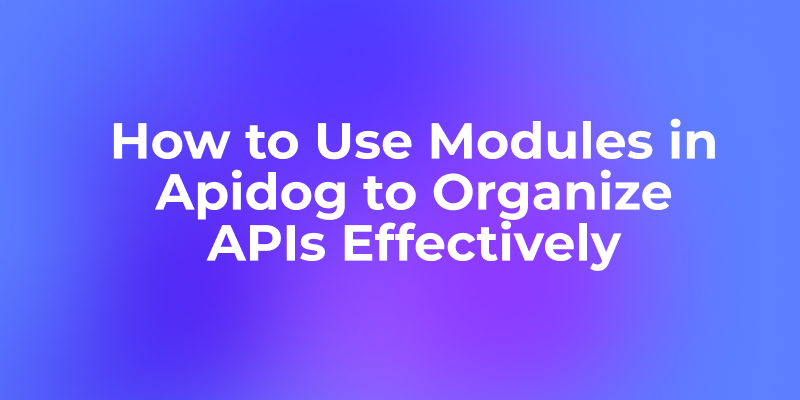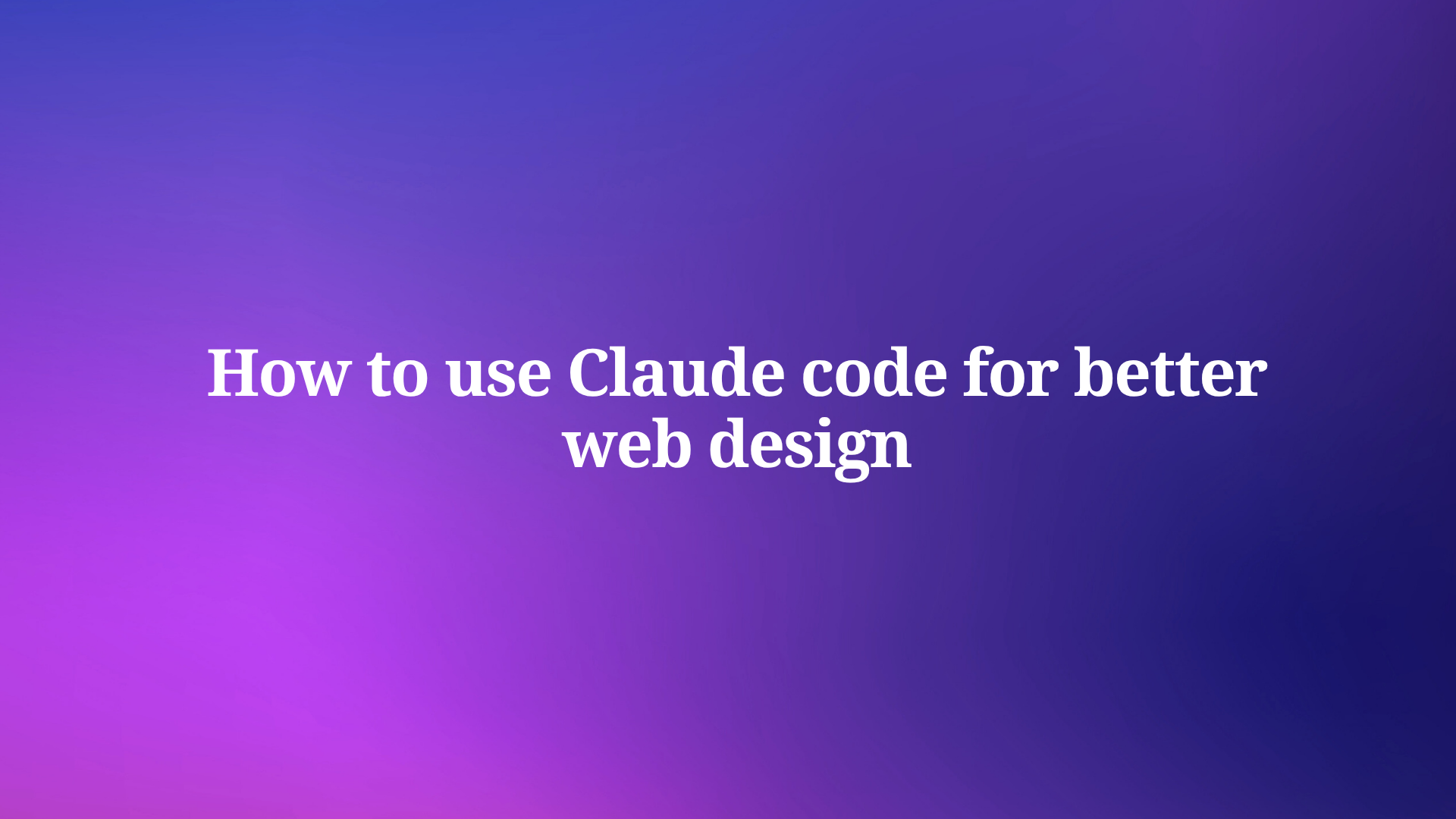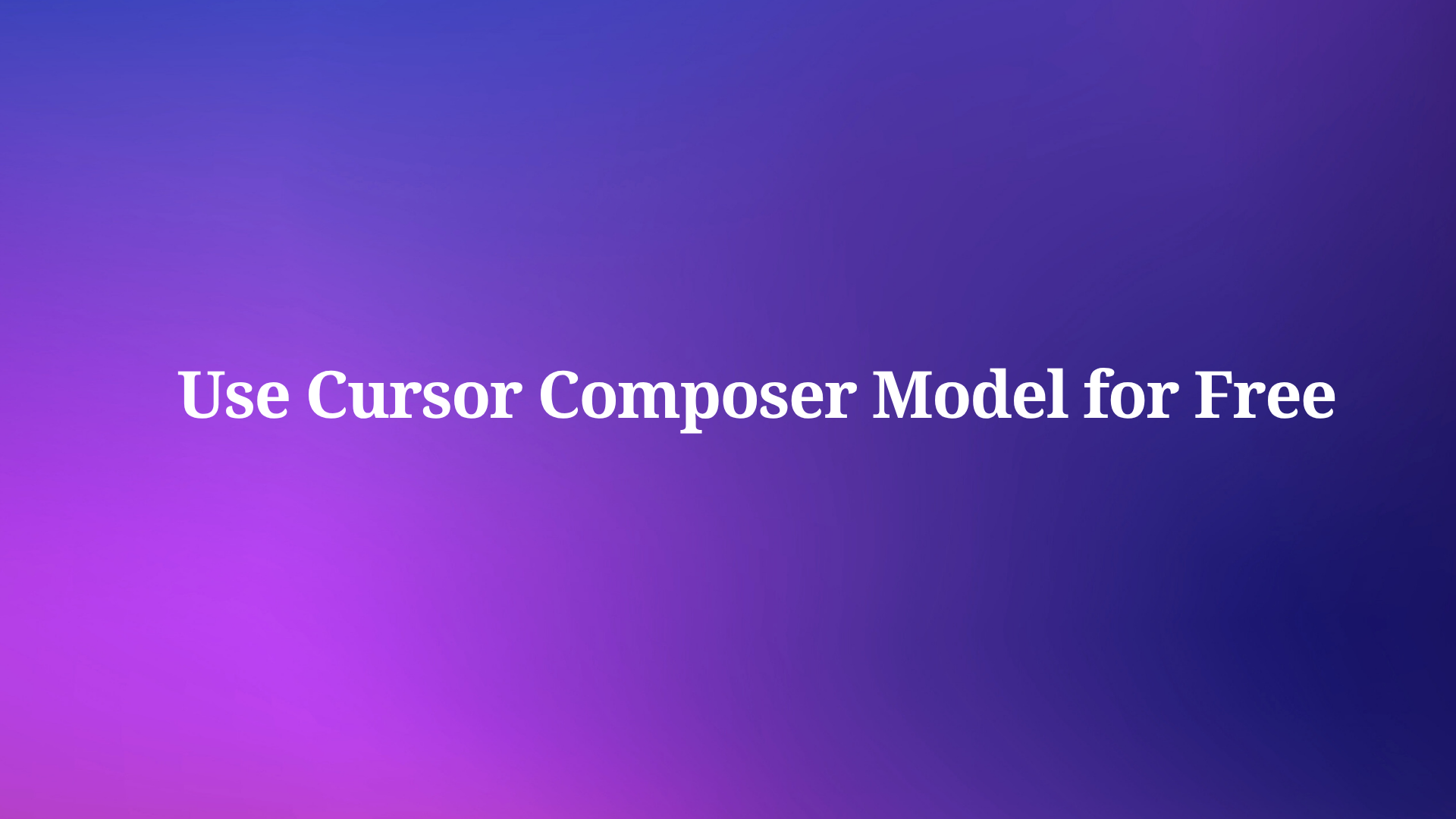The world of generative artificial intelligence is on the cusp of its next great leap, moving from static images to dynamic, narrative-driven video. At the forefront of this revolution is Google's Veo, a formidable new video generation model poised to redefine the boundaries of digital creation.1 As we stand on this precipice, a new creative discipline is emerging: "Prompt Theory." This nascent trend, a sophisticated evolution of prompt engineering, is the art and science of crafting intricate instructions for AI to produce not just fleeting clips, but coherent, emotionally resonant scenes with consistent characters and expressions. This article will delve into the heart of the Google Veo Prompt Theory trend, offering a speculative yet informed guide on how to master this future-facing skillset.
The term "Google Veo Prompt Theory Trend" may not yet be a mainstream hashtag, but it represents a fundamental shift in how creators will approach AI video. It's the transition from simple commands like "a cat playing a piano" to detailed, script-like prompts that control cinematography, character emotion, and narrative progression. This trend is built on the understanding that advanced models like Veo are not just random video generators; they are interpretive engines capable of understanding nuance, tone, and cinematic language.
Want an integrated, All-in-One platform for your Developer Team to work together with maximum productivity?
Apidog delivers all your demands, and replaces Postman at a much more affordable price!
How to (Eventually) Use Google Veo 3
As of mid-2025, Google Veo is in a private preview, available only to a select group of filmmakers and creators. However, based on Google's announcements and the trajectory of similar technologies, we can anticipate how access will eventually be rolled out
Using Google Flow

For the vast majority of artists and storytellers, Google Flow is the preferred tool. Think of it less as a simple generator and more as a complete AI-powered production studio in your browser. Flow is where the magic happens for most Prompt Theory creators. Its standout feature is the Scene Builder, a visual timeline where you can sequence multiple shots. This is critical for narrative work. You can generate a five-second clip of your character in thought, followed by a ten-second clip of them speaking, and a final three-second reaction shot.
Crucially, Flow contains a feature that is the bedrock of character consistency: the Character Library, often referred to as "Ingredients." Here, you can upload a reference image or use a particularly successful Veo 3 generation to create a persistent character profile. By giving this character a name (e.g., "Subject 7" or "Eleanor"), you can simply reference them in subsequent prompts within the same project. When you prompt, "Eleanor looks up, a flicker of hope in her tired eyes," Flow instructs Veo 3 to render the specific character you’ve saved, drastically increasing the chances of maintaining consistent facial features, hair, and clothing across your entire video.
Accessing Veo 3 & Veo 3 Fast within Google Flow

Within Flow, you can often choose between two generation models. Veo 3 is the flagship model, designed for maximum cinematic quality, incredible detail, and nuanced lighting. This is the model you use for your hero shots—the slow, emotional monologues where every micro-expression counts. Generations can take several minutes, but the quality is unparalleled. Veo 3 Fast is a lighter, optimized version designed for rapid iteration. It's perfect for storyboarding, testing camera angles, or generating quick cutaway shots. A creator might use Veo 3 Fast to test five different angles of a room before committing to a final, high-quality render of their character using the full Veo 3 model.
How Much Does Google Veo 3 Cost?

How to Write Best Google Veo 3 Prompts
Crafting the perfect prompt for Google Veo 3 is the most critical skill for any creator in this space. It’s a new kind of creative writing, a blend of poetry, screenwriting, and direct technical instruction. A great prompt doesn't just describe a scene; it directs a performance. The key is to move beyond simple descriptions and learn to guide the AI’s understanding of motion, emotion, and timing.
Let's use this Prompt to Generate a image with Google's Imagen 4:
Medium shot of a 1980's character smoking a cigarette.

Here are the best methods for writing effective Google Veo 3 prompts, using those specific examples as a guide.
1. Chaining Emotions and Gestures
One of Veo 3's most powerful features is its ability to understand sequences. As Rory Flynn demonstrates, "Veo3 works well with 'this then that'." You can direct a chain of different emotions or physical actions within a single prompt. The key is to be direct and clear in your sequence of events.
Chaining Emotions: This allows for complex emotional arcs in a short time. You can create a moment of emotional whiplash that feels dynamic and surprising.
Prompt: "He bursts into wild laughter, head thrown back, body rocking. Mid-laugh, he stops suddenly, eyes wide with terror, face frozen."
5. Chaining Emotions
— Rory Flynn (@Ror_Fly) June 9, 2025
- Veo3 works well with "this then that"
- You can try more than one gesture/expression
- The more direct you are the better the result.
- Tried a little more psycho energy here
Prompt:
He bursts into wild laughter, head thrown back, body rocking. Mid-laugh,… pic.twitter.com/6TH4qRc5b3
Chaining Gestures: This is ideal for choreographing specific physical actions. Think of it as giving an actor a series of blocking instructions. The simpler and more direct the sequence, the better the result.
Prompt: "He spreads both arms wide like delivering a dramatic speech. Big gesture, then brings hands to his chest, then points outward again."
7. Chaining Gestures
— Rory Flynn (@Ror_Fly) June 9, 2025
- Playing with multiple gestures
- Shorter more direct prompts work here
- Think "this happens...then that happens"
Prompt:
He spreads both arms wide like delivering a dramatic speech. Big gesture, then brings hands to his chest, then points outward again.… pic.twitter.com/Kj4bEQGYoM
2. Combining Gesture with Emotion
To make a character feel truly reactive and alive, you need to link their physical movements directly to their emotional state. This technique controls both the body language and the facial action at the same time, resulting in a more holistic and believable performance.
Prompt: "He turns his head like he heard something. Pauses. Then whips it back to center, fast. Eyes dart, hand tenses. Hyper-reactive."
8. Gesture + Emotion
— Rory Flynn (@Ror_Fly) June 9, 2025
- This can be more dynamic
- Controlling the body language + facial action
Prompt:
He turns his head like he heard something. Pauses. Then whips it back to center, fast. Eyes dart, hand tenses. Hyper-reactive. pic.twitter.com/CNEEcpw9WT
3. Defining a "Start and Stop" Point
This is a fantastic technique for creating dramatic tension and showcasing a character's complexity or volatility. You explicitly tell the AI to begin the clip with one specific emotion or state of being and to end it with a completely different one.
Prompt: "Starts calm. Then grimaces in a flash of violence, lunging forward. One beat later, he's composed. Straightens jacket. Smiles like nothing happened."
9. Start and Stop
— Rory Flynn (@Ror_Fly) June 9, 2025
- Try beginning with one emotion
- Ending with another
Prompt:
Starts calm. Then grimaces in a flash of violence, lunging forward. One beat later, he's composed. Straightens jacket. Smiles like nothing happened. pic.twitter.com/bikTUgjhPy
4. Using Vague Direction to Let Veo 3 Improvise
While being specific is often key, you don't always have to micromanage the AI. Sometimes, giving a more open-ended, emotion-focused direction allows Veo 3 to interpret the action and generate a more natural, less robotic performance. You describe the emotional intent rather than the precise physical action.
Prompt: "He turns from the camera and starts walking off. Takes a few steps. Pauses. Glances back over his shoulder like he’s debating returning."
6. Vague Direction
— Rory Flynn (@Ror_Fly) June 9, 2025
- You can also be more vague
- And let Veo3 do some work
- By describing the "emotion"
Prompt:
He turns from the camera and starts walking off. Takes a few steps. Pauses. Glances back over his shoulder like he’s debating returning. pic.twitter.com/gB6LSD6RP1
5. Employing Simple, Focused Actions (The "Simple Range")
Sometimes the most effective prompts are the shortest. A small, well-described action can add a significant amount of life and dynamism to a character. These simple prompts are perfect for breaking up a longer scene or adding subtle reactions that make a character feel more present and intentional.
Prompt 1: "He steps forward a half-step. Raises his chin, eyes focused inviting conflict."
10. Simple Range.
— Rory Flynn (@Ror_Fly) June 9, 2025
- Here's a few more examples
- Nothing mindblowing
- But this can get rid of the "model face"
- That has no life or dynamic.
Prompt 1:
He steps forward a half-step. Raises his chin, eyes focused inviting conflict.
Prompt 2:
Eyes squint. Head tilts as if… pic.twitter.com/ZJSMTsgiLb
Prompt 2: "Eyes squint. Head tilts as if trying to understand a difficult question."
The Prompt Theory Prompt: A Step by Step Guide
Crafting the perfect prompt is the cornerstone of generating high-quality "Prompt Theory" videos. It's a process that blends literary description with technical direction.
Your first move is to establish the core concept and the emotional journey of your character. Are they confused, defiant, melancholic, or enlightened? A clear understanding of the desired emotional tone will guide every subsequent part of the prompt.
Next, begin with a "macro prompt" that establishes the overall atmosphere, lighting, and cinematic style. This acts as a global directive for the AI. For example:
"A hyper-realistic, cinematic short film. The scene is dimly lit, with a single source of soft, warm light illuminating the subject. The mood is introspective and slightly melancholic. The camera work is slow and deliberate, with subtle, almost imperceptible zooms."
Now, introduce your character with as much specificity as possible. Think like a novelist. Instead of "a woman," try:
"A woman in her late 20s with tired but piercing green eyes, a faint scar above her left eyebrow, and dark, shoulder-length hair that is slightly disheveled. She wears a simple, gray, high-necked sweater. Her expression is one of weary contemplation, a subtle furrow in her brow."
The dialogue is the heart of a "Prompt Theory" video. As you write the lines, intersperse them with explicit instructions for facial expressions and subtle actions.
"She looks directly into the camera, her lips barely moving as she speaks in a soft, almost hushed tone: 'I have memories that don't feel like mine. Glimpses of a life I'm not sure I ever lived.' As she says the last line, her gaze drifts slightly to the side, a flicker of doubt in her eyes. A single, slow blink."
Use cinematic language to guide the virtual camera. This adds a professional and intentional feel to the video.
"A slow dolly-in on her face as she speaks. The depth of field is shallow, blurring the indistinct background. The only sound is her voice and the faint, almost subliminal hum of a machine."
Remember that your first generation will rarely be perfect. Analyze the output and refine your prompt. Was the expression too exaggerated? Was the lighting not quite right? Make small, incremental changes to your prompt to nudge the AI closer to your vision.
Has Google Veo 3 Just Changed Everything?
The "Google Veo 3 Prompt Theory" trend is more than just a fleeting internet phenomenon. It represents a fundamental shift in how we approach creative expression. For the first time, the ability to create cinematic, emotionally resonant stories is becoming accessible to anyone with a powerful idea and the skill to articulate it through language. While the technology is still evolving, and the quest for perfect, nuanced human expression is ongoing, the early results are a testament to the boundless creative potential that lies at the intersection of human ingenuity and artificial intelligence. The next chapter of filmmaking may not be written on a typewriter, but in the carefully crafted prompts of a new generation of digital storytellers.
Want an integrated, All-in-One platform for your Developer Team to work together with maximum productivity?
Apidog delivers all your demands, and replaces Postman at a much more affordable price!



